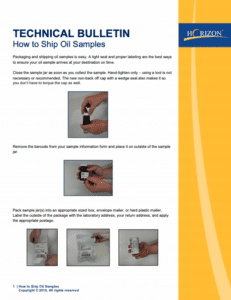Expose What’s in Your Filters
Oil filters are designed to filter out potential contaminants, but the debris that is caught in the filter can help bridge the gap and tell you what’s really causing wear and tear in your system. Filter debris analysis (FDA) analyzes that debris. It helps identify harmful contaminants and wear-causing particles and mechanisms not detected by traditional oil analysis. FDA is preformed by the following laboratory tests:
- Analytical Ferrography
- Micropatch
- Elemental Metals by ICP
- Acid Digestion
- Gravimetric Solids
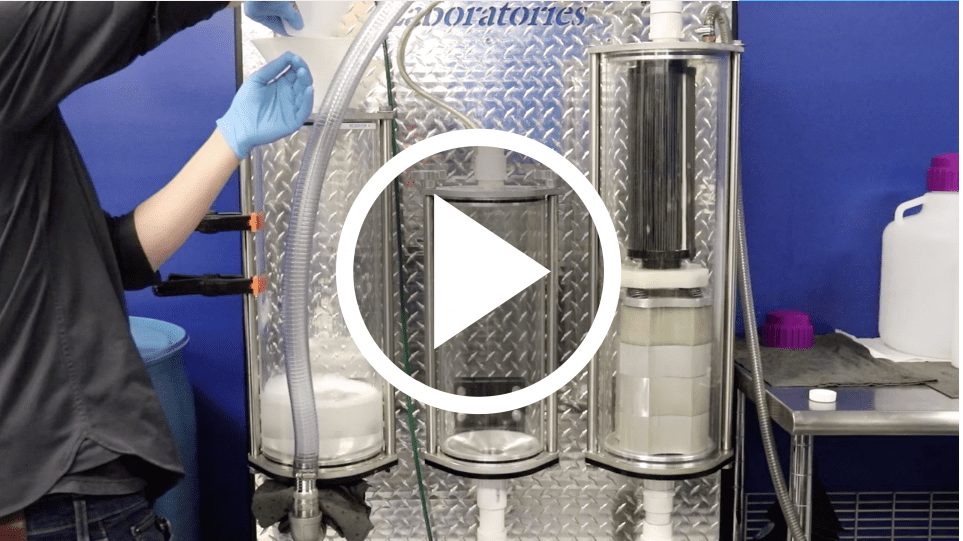 Watch the video to see how we perform FDA at POLARIS Laboratories®.
Watch the video to see how we perform FDA at POLARIS Laboratories®.
1. Analytical Ferrography
- Identifies particles by metallic or non-metallic and shape and color
- Analyzes particles through a microscope to determine source of wear particles
- Digital images of particles are included within the analysis report from the data analyst
2. Micropatch
- Particles are identified and qualified as contaminates
- Most particles detected by the micropatch test are too small to be detected through routine testing; therefore often times, micropatch testing is recommended after oil analysis is performed.
Analytical ferrography and micropatch tests are conducted underneath a powerful microscope and are often vital in determining wear particles and contaminates not seen by the human eye and not detected by field oil analysis.
3. Elemental Metals Analysis: Detects particles less than 8-10µ and reports data on 24 elemental metals.
4. Acid Digestion: Identifies large particles accumulated in the filter.
5. Gravimetric Solids: Determines total solids in filter based on mass.
The Next Level
Filter debris analysis takes elemental analysis to the next level to determine particle size and type of wear. FDA also allows you to perform root cause analysis of wear to detect early stages of component failures and in turn, helps extend the life of your components.
Discover more about Analytical Ferrography and Micropatch testing by reading this Technical Bulletin.
Proven Impact. Proven Uptime. Proven Savings.
Let us prove it to you.

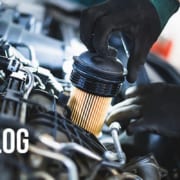
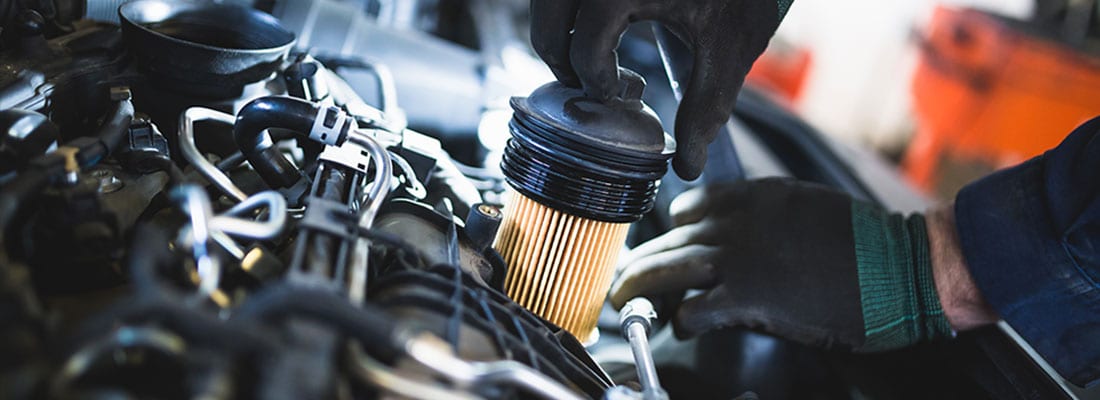




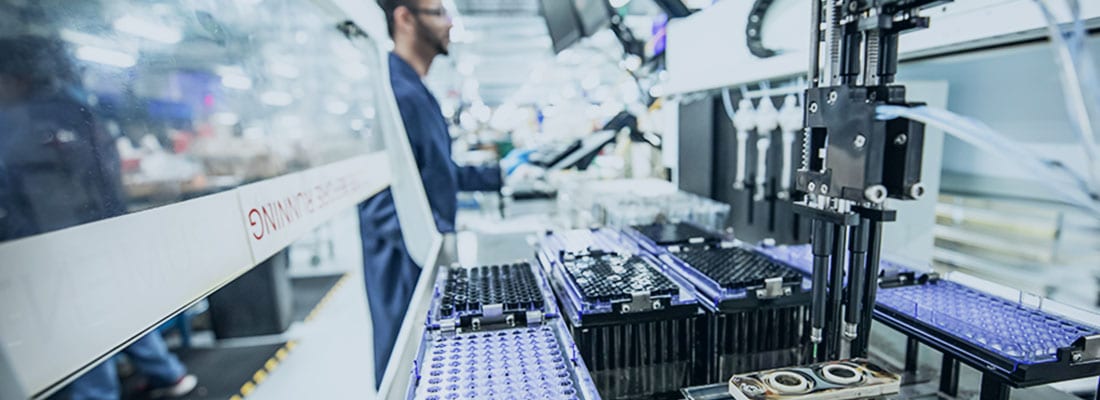

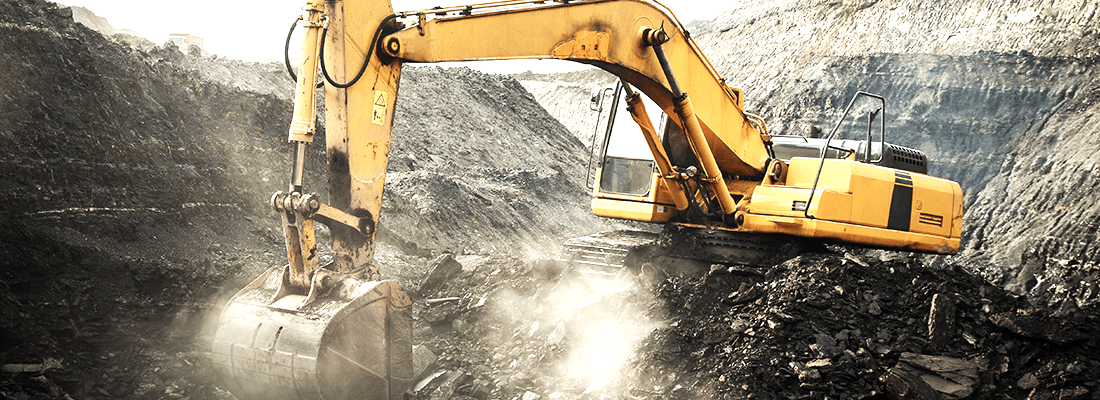
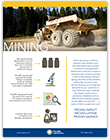

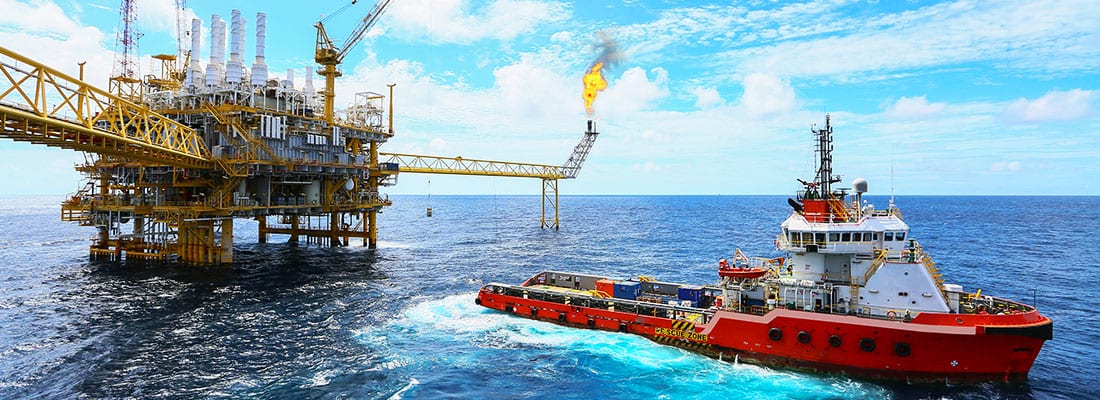
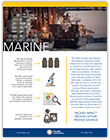




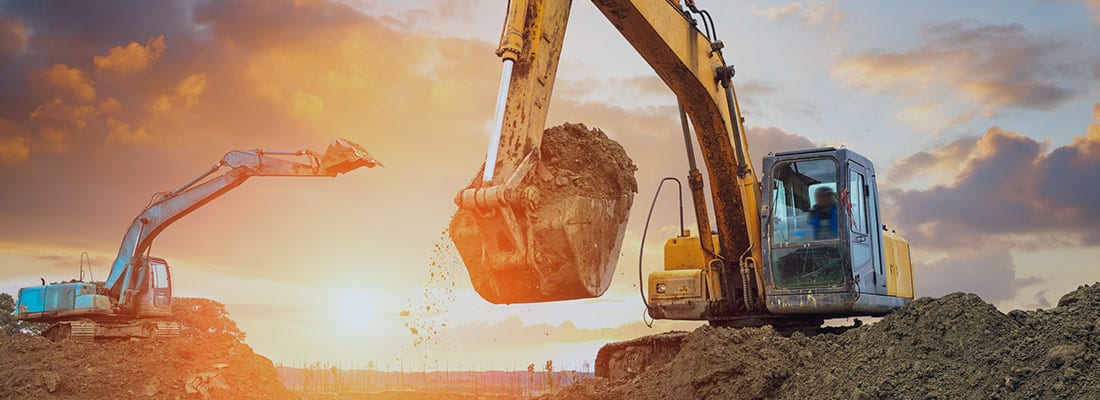




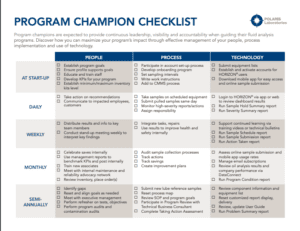

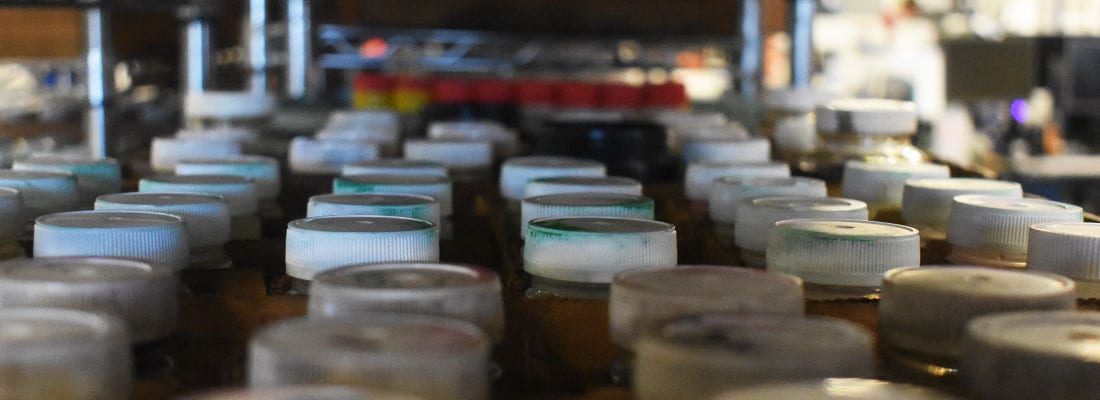 So you’ve successfully taken your oil sample, what next? Ship it to the laboratory, of course. It’s important to ship the sample as soon as possible after you collect it – don’t let your samples pile up and ship a large amount at a time.
So you’ve successfully taken your oil sample, what next? Ship it to the laboratory, of course. It’s important to ship the sample as soon as possible after you collect it – don’t let your samples pile up and ship a large amount at a time.